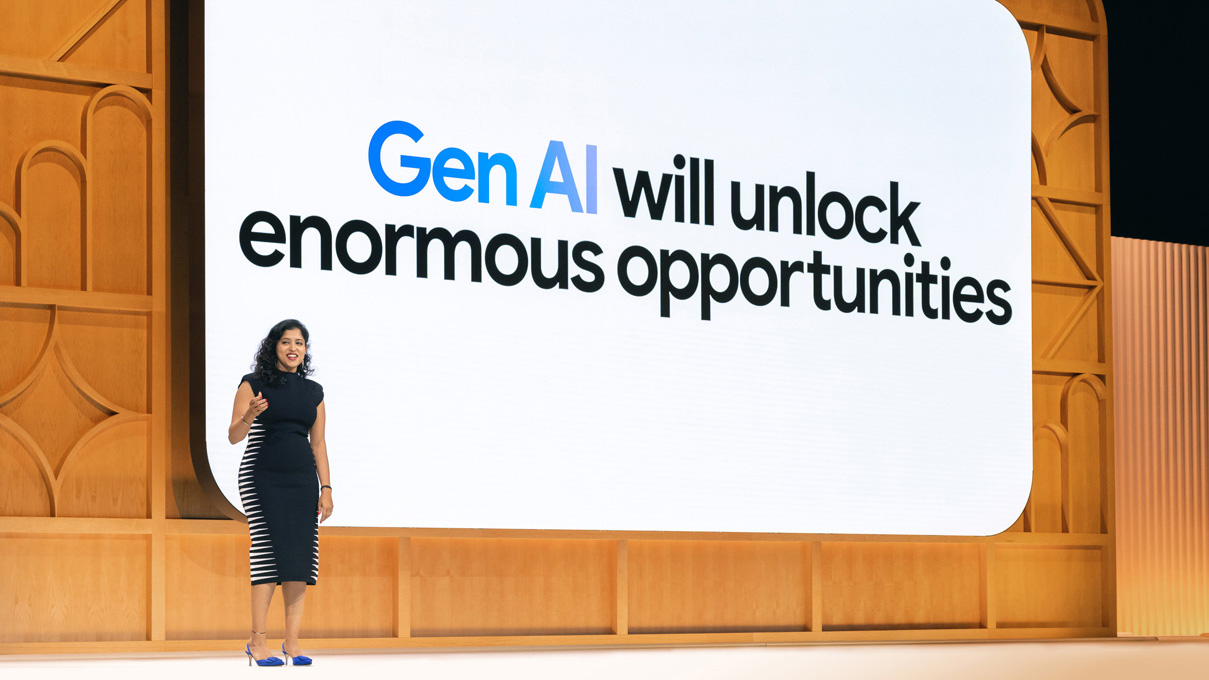As CEO and co-owner of Dutch fashion brand Daily Paper, Rodney Lam spearheads the company's operational direction, including the implementation of new technology.
Daily Paper is an Amsterdam-based fashion company founded in 2010. We’ve always prided ourselves on being a community-first brand, born out of and nurtured by the diverse cultures and identities of our team and customers. A place for second and third culture kids to express themselves.
As we've grown and expanded into new markets, being able to react to trends quickly whilst maintaining our diverse and authentic feel has been a constant challenge. And, in recent years, platforms like YouTube have changed the game. This isn’t just a social media platform, it’s an entertainment hub. Trends explode overnight. Take this year’s “Brat Summer”, which became a global fashion phenomenon in days.
But fashion brands like ours often miss these trends. Staying ahead in fashion requires agility and speed. That’s when we turned to AI to help ensure we never missed a moment again.
A 9 month conversation: Embracing AI as a tool
AI has been the topic of conversation for marketing teams this past year. And for nearly nine months we had open — and sometimes heated — discussions about whether adopting generative AI would be counterintuitive to our business model and our goal of featuring diverse cultures and identities.
We realised that AI didn’t need to replace our creative vision, instead it could free us up to focus on it even more.
The team was hesitant about incorporating AI into the creative process, because they were concerned it could take away opportunities from skilled and often already underrepresented talents. Not only our in-house creative team, but also underrepresented voices in fashion, like diverse models.
Gradually, a new philosophy emerged: “A lot of people like to cook, but nobody likes to do the dishes. Let's find the things we can do to allow you to cook. But let's use AI for the dishes.”
We realised that AI didn’t need to replace our creative vision, instead it could free us up to focus on it even more. It would handle the repetitive, time-consuming tasks, leaving us more room to "cook" — meaning to conceptualise, strategise, and connect with our community.
Creating micro-moments to connect with individuals
To incorporate AI into our strategy in a way that made sense for us and our raison d'être we partnered with Alpha Wave, a company with expertise in AI solutions. Our first project was to take our existing product assets from our website and use AI to create fresh, dynamic, personalised content.
"We used AI to generate a video from product pictures created for a Daily Paper sales campaign,” says David Neri, Alpha Wave's chief commercial officer. “We used AutoML Vision to analyse patterns, textures, and colours in Daily Paper’s collections, which formed the basis for a proof of concept video.”
“Once we had our initial concept, we knew that we could evolve the output,” continues Neri. “Using photographs of the diverse models the Daily Paper creative team had shot, we were able to transport the model — using AI — and place them anywhere in the world.”
We used the assets created by the Alpha Wave team and combined them with Smart Bidding. This ensured the AI-generated creatives were delivered to the right audience at the perfect moment.

Additionally, YouTube’s Video AI tools allowed us to adjust content based on real-time engagement, ensuring every moment was relevant. For instance our customers in Amsterdam might see an ad using Dutch backgrounds:
The combination of generative AI with the smart targeting of YouTube meant that no two ads were exactly the same. We created micro-moments that felt personalised, authentic, and relevant to each type of viewer. For example, watching a Daily Paper ad at 10 a.m. in New York would look completely different from watching it in Sweden, even if both were leaning into the same trend.
We were now able to create personalised content on a massive scale, giving the creative team more time to focus on the photographic shoots and creative ideas. We can use the same approach to tap into trends the moment they spring up, for instance demure fashion. The result was more flexibility, faster turnarounds, and content that felt uniquely crafted for every viewer.
Efficiency, engagement, and empowerment
For this one ad campaign, we saw impressive results. Over a two week period we achieved nearly 1 million impressions, over 100,000 views, and the cost of production was also 30X cheaper than on previous videos we had made. We also saw a 40% uplift in clicks on our digital channels, like Search and Shopping.
This was because of the holistic impact of the campaign — a user that sees a YouTube ad may then recognise a search campaign, land on a shopping campaign, and buy a specific product. The more touchpoints we cover the better each of them will perform individually and the campaign as a whole.

Beyond the numbers, the most significant impact was on our team. They saw firsthand that AI wasn't a replacement; it was an enabler. AI took care of repetitive tasks and empowered the team to focus on the aspects of their jobs they loved the most: the creative ideation and execution.
Our big campaigns are still authentically human-made. But with AI we now have a flexibility we never thought possible before, recycling and upcycling campaigns to always be part of the conversation and quickly play into new trends — like demure — in a way that was never possible before.





